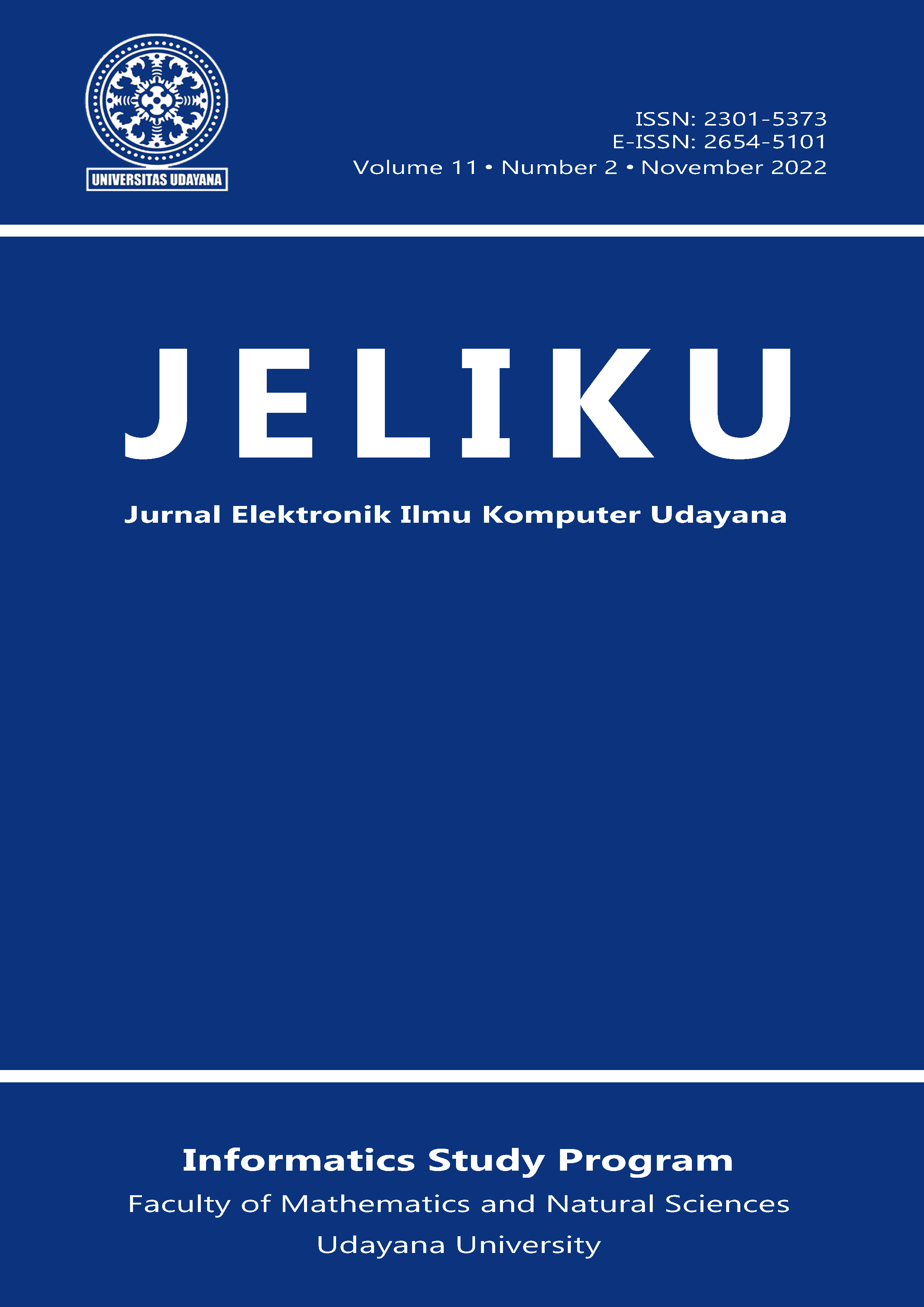Optimization Of Wsn Deployment Using Pso Algorithm For Forest Fire Detection
Abstract
Abstract
Forest fires are disasters that have often occurred in recent years. This has a huge impact on both the environment and society itself. Delayed handling of fires is one of the triggering factors for the large losses caused by the disaster. The use of a Wireless Sensor Network is one solution so that information related to fires is conveyed to the authorities quickly so that the handling can be done more quickly. In this study, a simulation was made to determine the optimal position of a node to detect fires optimally. This simulation is run on NS3 Software on Ubuntu 18.04 Linux Operating System. In the optimization process, the PSO algorithm is run with Google Colab. The results of each iteration on the PSO will be simulated in NS3 and the communication between nodes will be seen. There are 12 iterations of the maximum 30 iterations specified, and there are 12 simulations according to the number of iterations. From 12 simulations that have been carried out, it is known that in the last iteration of the 10 nodes installed, all nodes communicate. Communication between nodes can be seen through .pcap files and graphs on NetAnim, the communication is characterized by sending fire messages to each installed node. In the last iteration, 10 nodes received a fire message.
Keywords: Wireless Sensor Network, Forest fires, Particle swarm optimization






